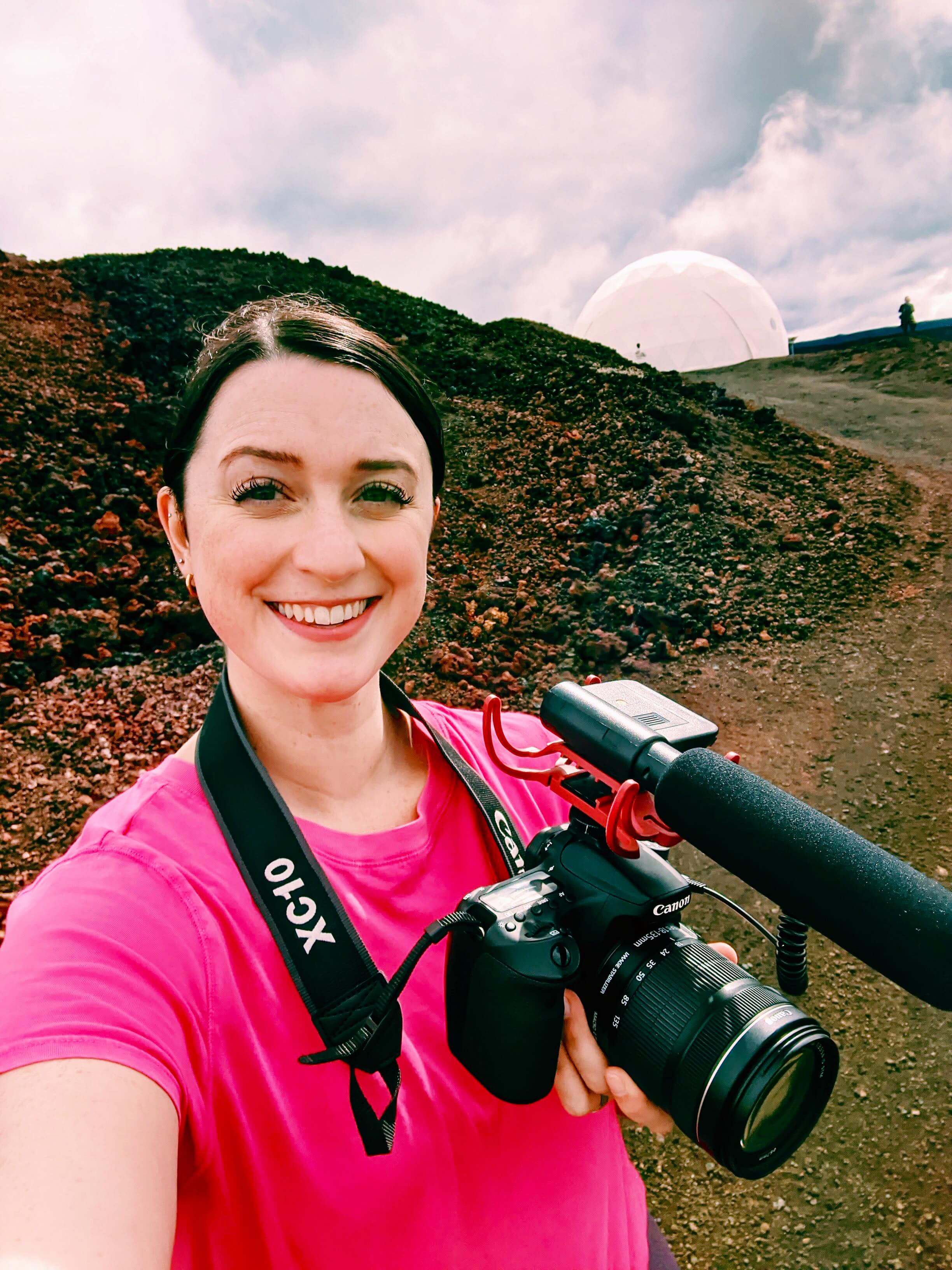SpaceX's 1st Crew Dragon for astronauts aces tests in space, could land Aug. 2

SpaceX's first Crew Dragon spacecraft to carry astronauts, now parked at the International Space Station, has passed all its tests so far and could return to Earth on in early August, according to NASA.
SpaceX successfully launched the crew capsule, called Endeavour, to the International Space Station on May 30 with veteran astronauts Bob Behnken and Doug Hurley on board. Its Demo-2 mission is a test flight for NASA to prove SpaceX's Crew Dragon is ready for regular astronaut flights to the station.
If all continues to go according to plan, the earliest date that NASA and SpaceX are targeting for the craft to return home to Earth is Aug. 2, Kenneth Todd, deputy ISS program manager at NASA, said) in a press briefing today (June 24) to preview upcoming spacewalks at the space station.
"[It's] kind of hard to believe Endeavour's been docked now for three and a half weeks," Steve Stich, NASA's Commercial Crew Program manager, told reporters. "The vehicle's doing extremely well as we put it through its paces."
Full coverage: SpaceX's historic Demo-2 astronaut launch explained
.@RohanCurry30 wants to know how long @AstroBehnken, who will be on Friday's spacewalk, and @Astro_Doug will stay on the station? #AskNASA pic.twitter.com/gk8siHjQ2YJune 24, 2020
"We're learning a lot about the vehicle, nothing that's of any concern," Stich said. The team has been "learning how to manage the systems, heaters and thermal performance as we go through the changes in the orbit," he added. In a surprise, the Crew Dragon Endeavour has been generating more power than expected, Stitch said. This is thanks to its solar arrays, which have been out-performing what officials had originally predicted. In fact, the solar arrays could provide Crew Dragon with the capability to stay on orbit for up to 114 more days, later than its initial Aug. 2 return target.
"Right now, what we're seeing is they're really degrading a little bit better than predicted and so that's what
Breaking space news, the latest updates on rocket launches, skywatching events and more!
gives us the capability to stay on orbit for up to 119 days, 114 days or so docked," Stich said in response to a Space.com question. He added that to test the performance of the solar arrays, the capsule is routinely powered up so that the power coming from the arrays can be measured. And, Stich said, "right now that's looking very promising."
Endeavor still has a few critical tests ahead of it before it's back on Earth. On July 4, the space station crew will perform a habitability test with the craft, with four astronauts climbing into the capsule and practicing everyday activities like sleeping, hygiene tasks, as well as emergency procedures to see what it will be like for future crewed missions. On Demo-2, only two astronauts were on board for the trip but regular flights will carry at least four people, so this test will help inform astronauts on those future trips.
The last major tests that Crew Dragon will face will be undocking, deorbit, reentry, splashdown and, ultimately, the recovery of Hurley and Behnken back on Earth, Stich said.
"We did the entry and undock on Demo-1 [a 2019 test flight] with an uncrewed spacecraft that went extremely well the entry was extremely nominal," Stich told Space.com. But, he added, "this time it includes Bob and Doug." So the return to Earth will include a number of additional safety features including an air conditioning system that will have to work through post-landing and the crew's spacesuits.
While NASA, SpaceX and the space station's current crew prepare for the upcoming Crew Dragon tests, the astronauts have a more immediate job ahead.
Behnken and NASA astronaut Chris Cassidy, the station's Expedition 63 commander, are gearing up for a series of four spacewalks to replace the station's outdated nickel-hydrogen batteries with new lithium-ion ones. The first of those spacewalks is scheduled for Friday (June 26).
- SpaceX Crew Dragon reaches launch pad for historic NASA astronaut launch
- See the Evolution of SpaceX's Rockets in Pictures
- In photos: SpaceX's historic Demo-2 test flight with astronauts
Email Chelsea Gohd at cgohd@space.com or follow her on Twitter @chelsea_gohd. Follow us on Twitter @Spacedotcom and on Facebook.
OFFER: Save 45% on 'All About Space' 'How it Works' and 'All About History'!
For a limited time, you can take out a digital subscription to any of our best-selling science magazines for just $2.38 per month, or 45% off the standard price for the first three months.

Chelsea “Foxanne” Gohd joined Space.com in 2018 and is now a Senior Writer, writing about everything from climate change to planetary science and human spaceflight in both articles and on-camera in videos. With a degree in Public Health and biological sciences, Chelsea has written and worked for institutions including the American Museum of Natural History, Scientific American, Discover Magazine Blog, Astronomy Magazine and Live Science. When not writing, editing or filming something space-y, Chelsea "Foxanne" Gohd is writing music and performing as Foxanne, even launching a song to space in 2021 with Inspiration4. You can follow her on Twitter @chelsea_gohd and @foxannemusic.

